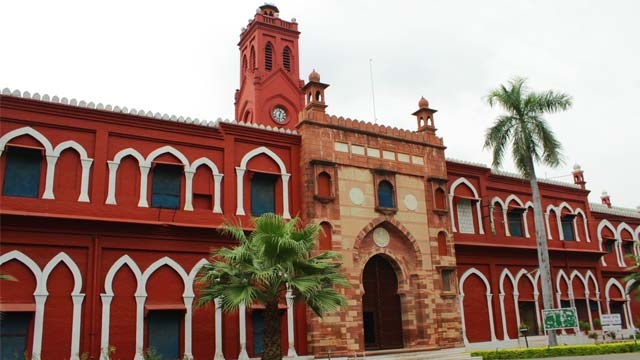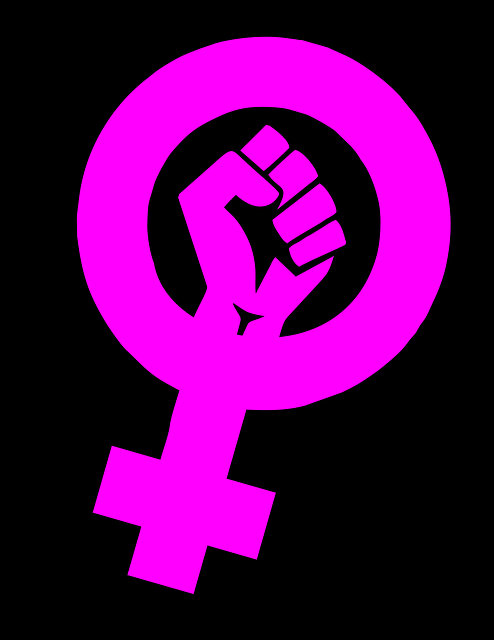
Of late, a new importance is being accorded to “social media.” The so-called “social media” is allegedly playing an extremely negative role in spread of “socially-approved” abuses targeting weaker sections, particularly minorities and women. Now, is there really such a “social media” or this is just a hype? And aren’t we erring in according it a little too much importance?
Let us accept it, just as Covid-19 knows no socio-cultural lines, Indian women of all religions face similar problems. Marriage seems to be a must for all. Divorce is still viewed as a stigma. Widow-remarriage is hardly given any importance. And practically all face dowry problems and so forth. In Indian society, these may be viewed intrinsically as part of country’s culture, supposed to be legally unacceptable but yet viewed as socially pertinent.
Paradoxically, as communication boom is increasing at an accelerating pace, so are certain chains trying to act as restrictions on people’s life, freedom as well as peace of mind. What else can one say about the increasingly negative role being played by some means of “social media”? These include attempts to poison people’s minds against one another on account of social – particularly religious and caste-based – differences. Continuance of gang-rapes is suggestive of the fairer gender being viewed as easy targets as well as being looked down upon as commodities to be exploited and then discarded.
Of course, the trend to give religious clerics more importance than required in deliberating over controversial issues cannot be ignored. Equally significant is politicization of these irrespective of whether the needed solution is arrived at. Politicians have gone over-board on triple-talaq issue but have remained practically silent on dowry problems. Why?
At this point, it may be pertinent to analyze speculations aired recently about Muslim women. With due to respect to views expressed that, “Muslim Women Can think,” of course an attempt has been made in favor of fairer gender of this community. Nevertheless, the headline does raise apprehensions. What does it suggest? Is an attempt being made to convince others that Muslim women can think? In this case, clearly notions entertained about women at large, including Muslims cannot be ignored. If stereotyped impressions were not held about women in general in most parts of world, this subject would not have been deliberated upon.
The fact that women continue to be discriminated against, are viewed as secondary to males to degree of even being looked down upon cannot be ignored. The most high-ranking jobs in majority of institutions are rarely given to women, irrespective of what their qualifications are. This stands true in political arena too. Limited representation of women in democratically elected bodies, including Parliament, state assemblies and so forth are just a mild illustration of this stark reality. When their vote is as important as that of men, why isn’t their representation in these bodies given much importance? Clearly, once women surge forth as their population demands, Indian political scenario may take a totally different form.
But in all probability, nobody is likely to think or even dream along these lines. There apparently prevails apprehension of men losing their command over politics and in other fields too.
Essentially, it is erroneous to label discrimination faced by women and also sideline their achievements exclusively along religious lines. Nevertheless, speculation raised as well as defended that Muslim can think women needs to be deliberated upon from other angles too. The instant glance at headline clearly raises speculation about negative, primarily stereotyped approach held towards Muslims as a whole and fairer gender of this community. As mentioned earlier, the fact that this approach is held towards women in general only raises questions on why have Muslim women been selected in particular? Why? Should it be assumed a means of gaining greater attention for the subject? Perhaps.
There is no denying, when negative “news” focusing on Muslims is circulated, it is noticed. In fact, it may not be wrong to state; there prevails the trend of according greater attention to “negative” aspects of certain issues than to positive. As for instance, the general tendency is to assume Muslim women in general as fairly conservative, illiterate/semi-literate, dressed from head to toe. The same can be said about most women in the sub-continent, irrespective of their religion, caste, class and other ethnic divisions. Against this backdrop, prospects of Indian community progressing as a whole may be viewed as fairly limited by focusing only on Muslim women.
Besides, how much importance has really been given to factors responsible for backwardness of majority in the country, particularly those residing in rural India? Give a thought; is there a decent school available within a range of few kilometers making it possible for each child, girl and boy, to gain some basic, elementary education? In this context, the fact that Muslims in rural as well as urban areas give at least some importance to ensure that their children acquire some elementary as well as religious education from nearby madarsas cannot be ignored. Those who can afford to, invite a tutor to teach basic principles to their children. Children, include both girls and boys.
It may be noted, the practice of Muslim women being invited to teach children in various Muslim dominated areas is fairly strong, particularly in urban parts. Besides, quite a few women hold classes at their own homes. Apart from this, the fact that Muslim women give considerable importance to engaging in ventures to increase their income cannot be ignored. These include running or assisting in beauty parlors, stitching clothes and/or being linked with tailors in demand from their homes and numerous such means which help in adding to family income. A considerable number of Muslim women engaged in professions such as these belong to weak economic sections. They are not economically privileged and yet are smart enough to try and wriggle out of their economic crises.
So, does this imply that Muslim women cannot think? Or are examples of celebrities needed to defy this claim? No. In fact, in light of examples cited, ordinary Muslim women have been moving along the path of spelling a better future for their families for decades. That the elderly Muslim ladies decided to assemble at Shaheen Bagh in protest against Citizenship Amendment Act (CAA) is a marked reflection of their stepping forward as strong personalities. Had they been weak individuals, who did not think and act on their own, history would not have witnessed their gathering at Shaheen Bagh and numerous other places.
Against this backdrop, importance of communication demands that prior to stating – Muslim women can think- some relevance needs to be accorded to role being played by ordinary Muslim ladies at large. And this holds true for women of all religious communities. Rather than label spread of negative “abuses” as “socially approved,” it may be more pertinent to view them as agenda of some extremists. Certain individuals/groups may be aiding them in return of some gains.
Importance gained by ladies participating in farmers’ protest and earlier at Shaheen Bagh is a strong slap on those who view the fairer gender as weaklings, who can’t think and act on their own strength. The fact that these ladies have gained attention globally and nationally cannot be undermined. What does this suggest about the so-called spread of “socially approved abuses” targeting minorities and women? If abuses spread through “social media” were really “socially approved,” the role played by ladies belonging to minorities would not have been hailed. Besides, the message, conveyed strongly by ladies in farmers’ protest and at Shaheen Bagh, has not been undermined by so-called “socially approved” “social media.” Their lives and moves may hardly be viewed as at mercy of the so-called “social media!”
Nilofar Suhrawardy is based in Delhi. Nilofar Suhrawardy is a senior journalist and writer with specialization in communication studies and nuclear diplomacy. She has come out with several books. These include:– Modi’s Victory, A Lesson for the Congress…? (2019); Arab Spring, Not Just a Mirage! (2019), Image and Substance, Modi’s First Year in Office (2015) and Ayodhya Without the Communal Stamp, In the Name of Indian Secularism (2006).
GET COUNTERCURRENTS DAILY NEWSLETTER STRAIGHT TO YOUR INBOX
















































